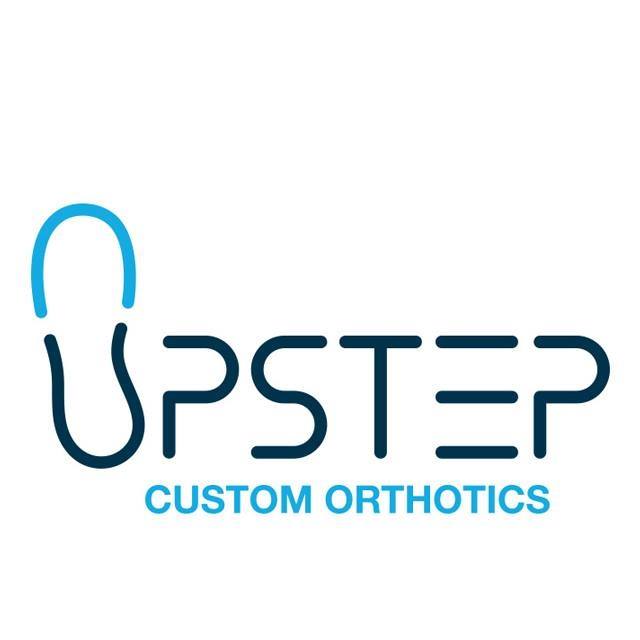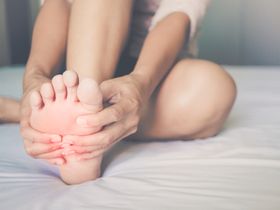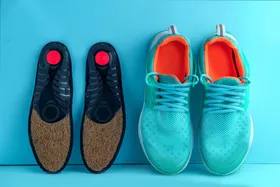Bunions: Symptoms, Causes, and Treatment
Updated December 7, 2022.

A bunion, otherwise known as hallux valgus, is an abnormality of the foot bone which causes the big toe to bend away from its normal position towards the second toe.
Bunions are more common in adults than in adolescents. They worsen progressively, so you need to look out for their early signs and address them before it leads to permanent deformity and limits activity.
To do this, it is important to understand what a bunion looks like and possible treatments. We will cover all these in the article below.
» Are bunions and corns different? Learn the similarities and differences between corns vs bunions
Symptoms of Bunions
Based on your symptoms, you can classify bunions into early and later stages. The earlier the intervention, the better the prognosis. Early-stage symptoms include;
- Inflammation of the big toe
- Tenderness around the metatarsophalangeal (MTP) joint.
Without proper management, the condition worsens and can cause:
- Pain and swelling at the MTP
- Soreness
- Numbness
- Burning sensation
- Redness
- Thickening of the skin at the base of the affected toe, corns, calluses, and movement restrictions of the affected toe.
Common Causes of Bunions
There are several ways you can get bunions, such as:
- Poor footwear: An ill-fitting shoe with a narrow toe box or high heels is a common cause of bunions.
- Structural foot problems: Low arches or familial history (genetics) can cause a bunion to form on the big toe.
- Other foot conditions: Hypermobility, arthritis of the foot (mostly rheumatoid arthritis), and neuromuscular conditions like poliomyelitis can also cause bunions.
- Activities or jobs that require prolonged standing: Pressure on the feet from prolonged standing at work or during activities can cause bunions to flare up.
- Age: Research suggests that the prevalence of bunions increases with age.
- Women: Generally, bunions are more common among women than men.
Natural Treatments for Bunions
If addressed early, you can prevent bunions from worsening. The first line of treatment for bunions is conservative and non-surgical. It involves the following;
- Ice and non-steroidal anti-inflammatory drugs (NSAIDs): Relieve any immediate pain and limit inflammation.
- Taping: Taping your foot in a normal position reduces pressure on the affected area.
- Shoe adjustments: Padding your shoes, for example, will allow room to move your toes.
- Orthotics: Tailor's bunion insoles can also be used to bring comfort and relieve pressure on the foot.
Orthotics for Treating Bunions
Orthotics are especially good in treating bunions. While there are over-the-counter orthotics, custom orthotics are preferable for treating bunions. Custom orthotics, such as the ones provided by Upstep, are custom-built and designed to fit your foot specifications.
When used, they provide comfort and support while improving your balance and alignment, ensuring weight and pressure are distributed appropriately.
» Want to invest in orthotics? Browse Upstep's custom orthotics range to get started
When Is Surgery Required to Treat Bunions?
While conservative treatment is the first line of management for bunions, it is not the last. If you don't begin conservative treatment during the early stages of bunions, the prognosis worsens and may indicate a need for surgery.
Thus, when conservative treatment fails, bunion surgery can result in a permanent solution. The surgical approach could include osteotomy, exostectomy, arthrodesis, and resection arthroplasty, depending on the severity of the condition at that time. Besides reducing your symptoms, bunion surgery will also restore the shape of your foot.
No matter how mild the symptoms in your foot are, do not just assume they will disappear. Instead, visit your doctor or podiatrist. They will examine your foot and diagnose if it is a bunion, including whether it is worsening or improving, and help you choose the right course of treatment.










